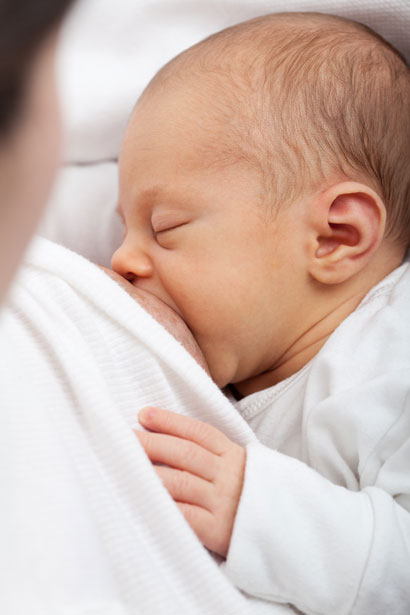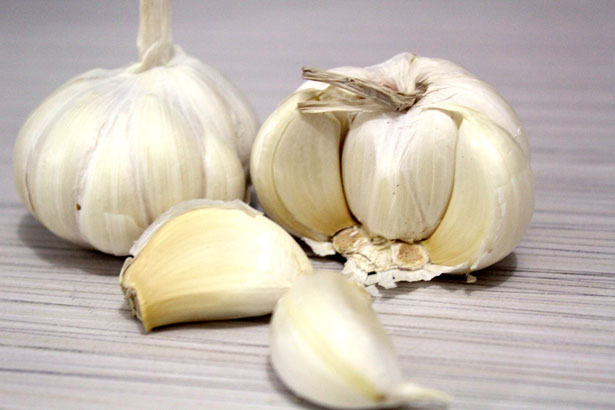The inadvertent loss of pee is referred to as urinary incontinence. When physical movement or activity, such as coughing, laughing, sneezing, sprinting, or heavy lifting, exerts pressure (stress) on your bladder, causing you to leak urine, you have stress incontinence. Stress incontinence is unrelated to psychological stress.
Urgency incontinence and overactive bladder (OAB) are not the same as stress incontinence. Urgency incontinence, also known as OAB, occurs when your bladder muscle spasms, generating a sudden urge to urinate before you can get to the bathroom. Women are far more likely than men to experience stress incontinence.
You may feel ashamed, isolate yourself, or limit your work and social life if you have stress incontinence. You should also avoid strenuous and recreational activities. You should be able to manage your stress incontinence and enhance your overall well-being with treatment.
WHAT ARE THE SYMPTOMS OF STRESS INCONTINENCE?
- Sneeze or cough
- Laugh
- Bend over
- Carry something hefty
- Exercise
- Have sex
WHAT ARE THE CAUSES OF STRESS INCONTINENCE?
- Childbirth: Tissue or nerve injury during childbirth might impair the pelvic floor muscles or sphincter in women. Stress incontinence caused by this injury might occur immediately after birth or years afterwards.
- Prostate surgery: The most prevalent cause of stress incontinence in men is surgical removal of the prostate gland to treat prostate cancer (prostatectomy). This technique has the potential to weaken the sphincter, which is located just beneath the prostate gland and encircles the urethra.
Factors that contribute to stress incontinence development
- Infections that induce persistent coughing
- Obesity
- Cigarette smoking, which can result in frequent coughing
- Over many years, high-impact exercises such as running and jumping
WHAT ARE THE RISK FACTORS FOR STRESS INCONTINENCE?
WHAT ARE THE COMPLICATIONS OF STRESS INCONTINENCE?
HOW IS STRESS INCONTINENCE DIAGNOSED?
- Medical history
- Physical examination, which may involve a rectal and pelvic examination in women.
- Urine sample to be tested for infection, blood traces, or other abnormalities
- A brief neurological exam will be performed to rule out any pelvic nerve issues.
- Urinary stress test, in which the clinician counts the amount of pee lost as you cough or bear down.
Bladder function tests
- Post-void residual urine measurements: If your provider is concerned about your capacity to completely empty your bladder, especially if you are older, have had past bladder surgery, or have diabetes, he or she may offer this test. This test can determine how well your bladder functions.
An ultrasound scan, which converts sound waves into images, is used by a professional to determine how much pee remains in your bladder after you urinate. In some circumstances, a tiny tube (catheter) is inserted into your bladder through your urethra. The catheter removes any residual pee, which is then measured.
- Bladder pressure measurements: Cystometry is a test that measures the pressure in your bladder and the surrounding area as it fills. If you have had a neurologic illness of the spinal cord, your clinician may offer this test to screen for stress incontinence.
A catheter is used to slowly fill your bladder with warm liquids. You may be asked to cough or bear down as your bladder fills to check for leaks. This procedure may be combined with a pressure-flow study, which determines how much pressure your bladder must exert to completely empty.
- Creating images of the bladder as it works: A video urodynamics test employs imaging to create images of your bladder as it fills and empties. A catheter slowly instills warm fluid mixed with a dye that shows up on X-rays into your bladder while images are taken. When your bladder is full, you urinate to empty it, and the imaging continues.
- Cystoscopy: This test involves inserting a scope into the bladder to examine for blockages or abnormalities in the bladder and urethra. This technique is often performed in the office.
WHAT ARE THE TREATMENTS FOR STRESS INCONTINENCE?
Behavioral treatments
- Pelvic floor muscle exercises: You can learn how to do Kegel exercises to strengthen your pelvic floor muscles and urinary sphincter from your provider or physical therapist. How well Kegel exercises work for you, like any other exercise plan, is determined by how frequently you execute them.
Biofeedback can be used in conjunction with Kegel exercises to increase their effectiveness. The use of pressure sensors or electrical stimulation to promote appropriate muscular contractions is referred to as biofeedback.
- Consumption of fluids: Your provider may advise you on how much and when to drink fluids during the day and evening. However, don’t drink so little that you become dehydrated.
Your doctor may also advise you to avoid caffeinated, carbonated, and alcoholic beverages, as these might irritate and impair bladder function in certain people. If you discover that following fluid regimens and avoiding particular beverages considerably reduces leakage, you must decide whether these dietary adjustments are worthwhile.
- Healthy lifestyle modifications: Quitting smoking, decreasing weight, or treating a chronic cough will reduce your chances of stress incontinence and improve your symptoms.
- Training for the bladder: If you have mixed incontinence, your provider may suggest a toileting routine. Urge incontinence episodes may be reduced if the bladder is emptied more frequently.
Medications
Devices
- Vaginal pessary: Your provider will fit and place a specialist urinary incontinence pessary, which is fashioned like a ring with two bumps on each side of the urethra. It supports the base of your bladder, preventing pee leakage during activity, especially if your bladder has decreased (prolapsed).
If you want to avoid surgery, this is a good option. A pessary will need to be removed and cleaned on a regular basis. Pessaries are usually used in persons who have pelvic organ prolapse.
- Urethral inserts: This little tampon-like disposable device that is put into the urethra serves as a barrier to prevent leaks. It is typically used to avoid incontinence during a certain activity, but it can be worn all day.
Urethral implants are designed to be worn for up to eight hours each day. Urethral implants are often used exclusively for strenuous activities such as frequent lifting, running, or tennis.
Surgery
- Sling procedure: This is the most popular procedure for women suffering with stress urine incontinence. The surgeon creates a sling or hammock that supports the urethra using the patient’s own tissue, synthetic material (mesh), animal or donor tissue.
Men with mild stress incontinence can also benefit from slings. In some males, the approach may alleviate symptoms of stress incontinence.
- Injectable bulking agents: Injections of synthetic polysaccharides or gels into tissues around the upper section of the urethra are possible. These compounds thicken the region around the urethra, which improves the sphincter’s capacity to close.
- Retropubic colposuspension: Sutures linked to ligaments along the pubic bone are used to elevate and support tissues near the bladder neck and upper region of the urethra during this surgical procedure. This operation can be performed laparoscopically or through an abdominal incision.
- Inflatable artificial sphincter: This surgically implanted device treats men. The sphincter’s function is replaced by a cuff that fits around the top portion of the urethra. The cuff is linked to a pressure-regulating balloon in the pelvic region and a manually operated pump in the scrotum through tubes.
HOME REMEDIES FOR STRESS INCONTINENCE
- Get rid of excess weight: If you have a body mass index (BMI) of 25 or more, decreasing weight can help lessen the total pressure on your bladder and pelvic floor muscles. Moderate weight loss may alleviate stress incontinence significantly. Consult your doctor for weight loss advice.
- Increase your fiber intake: If you have urine incontinence due to persistent constipation, keeping bowel movements soft and regular minimizes the tension on your pelvic floor muscles. To treat and prevent constipation, eat high-fiber meals such as whole grains, legumes, fruits, and vegetables.
- Avoid meals and beverages that can cause bladder irritation: If you notice that eating chocolate or drinking coffee, tea (regular or decaf), or carbonated beverages causes you to urinate and leak more frequently, try removing that drink, especially on days when you don’t want to be troubled by leaking.
- Don’t smoke: Smoking can cause a severe persistent cough, exacerbating the symptoms of stress incontinence. Many occurrences of bladder cancer are also caused by smoking.






